Recently, researchers have found it difficult to capture feedback from those consumers under 21. This article breaks down the desires of Gen Z and offers actionable insights Market Researchers can use to engage with the generation writes, Holly Carter, Product Marketing Director, Confirmit.
Recently, the under 21s of the nation have left researchers and customer professionals somewhat perplexed. A couple years ago, Generation Z was not too concerning—they are so young, why should we be worried about researching their habits and social tendencies? But the future has caught up with us and now, Generation Z represents $143 billion in buying power, and influences 93 percent of household spending.
Clearly, Gen Z has a significant influence in the current global market, and as they grow older they will have an even heavier hand in the consumer economy. But they remain somewhat of a mystery to businesses and researchers today. Traditional customer feedback methods are not churning out the results they used to, and data on this generation is scarce. The impending bottom-line: the sooner we can get a pulse on how these young consumers prefer to engage with their favorite brands and businesses, the sooner our businesses will out-perform the competition.
The following article breaks down who the elusive Gen Z are as consumers, and how Market Researchers and Insight Specialists, can best garner insights from them.
The Who
Generation Z is made up of those people under the age of 21, and there are certain stipulations that come along with the age group. A few noteworthy insights into Gen Z:
They have never known anything other than a digital, social media driven world. This is perhaps the most important insight into the young consumers. Gen Z grew up holding iPhones and information has always been available to them on-the-go and with a simple Google search. The Gen Z world is made up of instant gratification, powered by constant connectivity; in other words, they want information and communication whenever, wherever, and however.
They are interactive and visual. Having known touch-screens and HD TVs all their lives, Gen Z-ers expect to have multi-channel interaction full of easily-digestible visuals (photos and videos) with friends and businesses alike.
Curated and personalized content is normal, if not expected for them. Facebook, Instagram, and Snapchat constantly collect data on their users, so the platforms can fill users’ feeds with specially curated content that is sure to please. 91 percent of Gen Z use social media, which means from a young age, they’ve become accustomed to always seeing personalized content.
Gen Z is loud. This is a common trend in up-and-coming, young generations. Gen Z is demanding to be heard because their future is on the line. They use social media as a platform for their opinions, and each platform has a particular use. If an MR company wants to capture insights from these people, they first need to understand where the generation is coming from. Then the company can demonstrate how, by providing feedback, Gen Z is being given the opportunity to influence the future.
It is evident that instant gratification has taken a whole new form with the hyper-social, always mobile Generation Z. But with these general insights into the world’s newest consumers, we can formulate particular MR techniques that will best collect qualitative and quantitative data and insights on the group.
MR professionals are absolutely enthralled with engaging these hyper-digital, always-connected consumers under the age of 21. Using what we know above, there are four key strategies to engage with Gen Z that will translate into actionable metrics for businesses.
1. Mobility is Essential…and Provide a Runway
NRF and IBM found that 75 percent of Gen Z has a mobile phone, so the more you can do to allow them mobility in providing feedback, the more likely they will be to engage. This means making your surveys brief, easy to read and touch-screen friendly.
It is also wise to allow for more freeform, unstructured data with Gen Z. They want to give an opinion, but they don’t want to be put into a box. Open-ended questions where they can type out, or even speak their feedback, will ensure more results. And to break down this qualitative type of feedback into easier understood data, tools like text analytics should be leveraged!
Now, while free text is a start, for deeper insights, we should aim to capture multimedia alongside it. Multiple-choice and paragraph-type surveys are tried and true methods for garnering insight, but researchers need to get creative with Gen Z. This generation spends a lot of time on Snapchat, YouTube vloggers, and Instagram –, especially on their mobile phone. When we look at how these platforms work, we can deduce three additional key learnings.
2. It’s All About the Imagery
This generation loves to capture rich media; they are not camera shy and have a powerful ability to speak through pictures. Snapchat, for example, is a communication platform that almost strictly uses pictures and small captions.
Gen Z doesn’t want to tick boxes and radio bullet surveys. Whatever the method of surveying utilized, it should incorporate visual stimulation and easily-digestible content. Gen Z-ers want to watch a short video, even record a short video (perhaps in the place of free text) to provide their insight. For the best results, get creative with what and how you are asking — allow them freedom to express their opinions and even demonstrate how exactly they’re using a product through a video. Maybe they get to create a meme to demonstrate their shopping or product experience.
3. Capture Immediacy with Location Tracking
The second key insight we can take from successful social platforms is how they engage groups social. Snapchat leverages location to provide in-the-moment “stories” and uses location tracking to connect its users. On the app, you can see almost exactly where another user is on a map and connect with them. When we want to capture feedback from this generation, we need to ensure it is in-the-moment and location triggered; think of how this can be achieved in retail for example.
Retailers can trigger a survey, based on their client’s location at a storefront, or even specifically within a store. Beacon devices can be placed anywhere in a store and communicate with a phone’s Bluetooth. Essentially, the device will track a user’s path-to-purchase and, if at any moment they pause along the journey in a specific hot spot, a push notification for feedback will pop up on their phone. In short, there are huge possibilities for market researchers using location tracking; namely, it enables real-time feedback and communication.
4. Incentivize and Gamify
The social generation cares about the likes they get and the status they’ve attained. Incentivize your feedback method by allowing them to achieve a status. This might mean leveraging a social media platform for providing feedback, or even mimicking a social app as a proprietary form of feedback.
The more you can learn from platforms like Snapchat, Instagram and Facebook, the more likely Gen Z will be to get involved. For example, these apps send push notifications to users’ phones. Consider a feedback-focused app that notifies users when they can or should provide insights, and users to interact on the platform via likes or comments.
At a first glance, the young consumers of the world can be perplexing; they are opinionated, always connected to their phones and always engaging with one another. The key for Market Researchers is not to leave them a mystery, but to take what we know about the generation and use it to our advantage. Our job is to match Gen Z’s style and desires, and work with them to capture their essential feedback. By getting creative and being open to new methodologies, researchers will find a willingness from this generation to share and to be heard.
Source
https://www.martechadvisor.com/articles/customer-experience-2/getting-the-elusive-gen-z-to-engage/?utm_source=mta_rss&utm_medium=feed&utm_campaign=rss_subscribers


